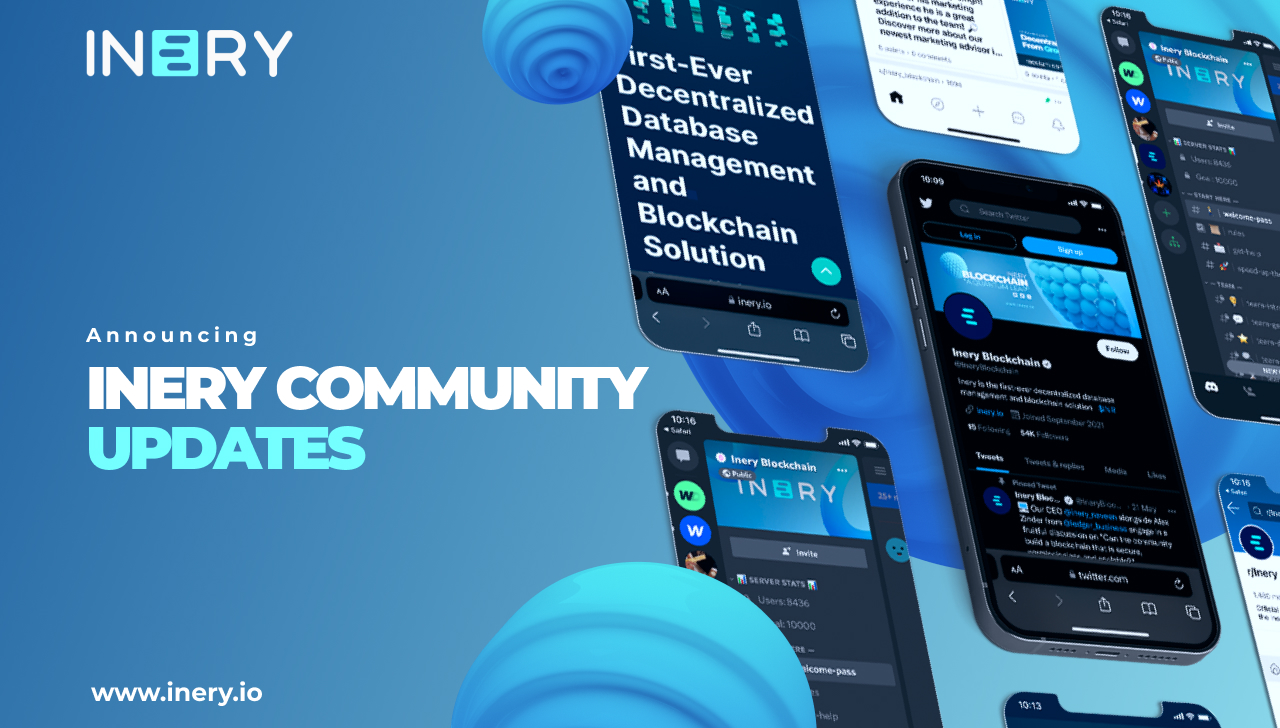Close your eyes for a moment and imagine slipping on a headset. Suddenly, you’re walking through a Martian colony, working side by side with colleagues in a virtual office, or exploring a reconstructed historical site in VR. The line between “real” and “virtual” thins with each step you take.
Immersive technology, such as virtual reality (VR), augmented reality (AR), and mixed environments, is moving quickly into classrooms, hospitals, workplaces, and even living rooms. Quicker than you think. What was once experimental is now part of daily operations for industries as diverse as healthcare and defense.
But here’s the part we don’t talk about enough: these experiences are built on some of the most personal data imaginable. Motion patterns, biometrics, room layouts, voice signatures. This isn’t the kind of information you can swap out if leaked. It’s you. And when that data is mismanaged or stolen, the consequences stretch well beyond inconvenience.
Let’s look at the challenges, imagine what happens when things go wrong, and then see where Inery’s approach to data management provides a real solution.
The Privacy and Security Challenges of Immersive Tech
Data That Knows Too Much
Traditional apps might ask for a password or log your clicks. Immersive systems, on the other hand, track body language, gaze, tone, and even stress levels. A headset isn’t just something you put on your head and call it a day. Whether you realize it or not, it’s quite literally a window into how you move, think, and react in real time. Research has shown that something as simple as motion data can identify users with surprising accuracy, even when stripped of names.
Identity Hijacking in VR
If your avatar is tied to your biometric and behavioral profile, a breach is not just about stealing credentials. An attacker could impersonate you inside a simulation, gaining access to restricted systems or conducting social engineering with a mask that looks and moves just like you. In immersive environments, trust in “who you see” can be dangerously misleading.
When the Environment Becomes the Attack
VR and AR systems are just as vulnerable to malware, phishing, and man-in-the-middle attacks as other devices. But here, the consequences are unique. Imagine putting on a headset and being shown a fake system update screen that looks completely authentic. You type in your details, but instead of securing your system, you’ve just handed them to an attacker.
Worse still, there’s the emerging risk of “inception attacks”, or better said, invisible overlays slipped into your view. You believe you’re interacting with a colleague or approving a workflow, but what you’re actually doing is feeding instructions or data to someone else entirely.
Your Living Room, Mapped
Many immersive applications scan and map your physical environment. That means your furniture layout, your movements through a room, even sensitive objects in the background, can be reconstructed with unsettling precision. If compromised, this is both a digital leakage and a breach of your physical privacy.
A Worst-Case Scenario
Consider this: you’re an administrator in a hospital that uses VR for training doctors on high-pressure emergency procedures. The system feels safe and futuristic.. until it isn’t.
One day, attackers slip a malicious overlay into the simulation. You don’t notice anything unusual. But behind the scenes:
Sensitive patient data is siphoned out.
Your team’s biometric responses under stress are logged and exfiltrated.
Spatial layouts of secure hospital wings are reconstructed.
Administrative access is quietly redirected elsewhere.
The result? Not just compromised training, but risks that extend into real patient care, infrastructure security, and financial exposure.
Or picture a government training unit using VR in classified facilities. If those systems are breached, attackers don’t just get data. They map restricted spaces, monitor behaviors, and even capture credentials as avatars type them in. That’s a national security problem disguised as an IT issue.
Where Inery Fits In
This is where Inery’s approach to data management is different. It isn’t about adding another lock on a fragile system. It’s about restructuring how data itself is handled, stored, and accessed.
Here’s a bullet-point list for clarity:
Distributed integrity: No single point of failure. Even if part of the network is targeted, the whole system doesn’t collapse.
Immutable records: Every interaction is logged in a way that tampering is visible. Attempts to alter history leave a trail.
Granular access control: Permissions are precise. Different roles only see what they should. And nothing more.
Resilience by design: Systems are built to keep functioning under attack, isolating and recording malicious attempts.
Now, let’s translate what that actually means for immersive tech:
In a VR hospital, patient biometrics aren’t pooled into a single vulnerable server. They live across distributed nodes, where tampering is immediately flagged. If someone attempts to inject a malicious overlay, the system records it, isolates the threat, and alerts administrators before critical operations are touched.
In a government training simulation, sensitive spatial data and behavioral profiles can only be accessed according to pre-set rules. No more blind trust in centralized gatekeepers. Even insider risks are reduced, because every access attempt is permanently recorded.
Instead of reacting after the fact, Inery makes it so breaches are harder to execute, easier to detect, and limited in impact.
Why This Matters Now More Than Ever
Immersive technology isn’t slowing down. Healthcare simulations, military training, workplace collaboration, education, etc. All of them increasingly rely on data that’s both sensitive and irreplaceable.
A headset might look like a toy. But the information it collects, your movements, your environment, your voice, can’t be “reset” if compromised. Plugging it off and turning it back on doesn’t work either, by the way. Once exposed, it’s permanent.
That’s why the question isn’t just how engaging VR feels, but how safe it is beneath the surface. Without stronger approaches to data, the cost of immersion could be higher than we think.
Conclusion
Virtual reality and augmented environments promise incredible possibilities.. but with that promise comes a responsibility. Every movement, every glance, every mapped corner of a room is data that needs more than casual protection.
Inery provides a foundation built not on patching holes after leaks, but on redesigning how data is safeguarded in the first place. Sure, the hype is there, but this is so much deeper than that. This is about building trust into the system itself.
And if you’re looking at immersive technologies for the long term, remember: the real investment isn’t the next headset. It’s how we protect what people share once they step inside it.

Inery•
1 year ago
Data Sovereignty: Why It Matters and How Blockchain Can Help
Explore the profound impact of data sovereignty on privacy, security, and global data governance, and discover how blockchain technology offers innovative solutions to these challenges. ...READ MORE

Share

Inery•
3 years ago
Our Vision for Healthcare: Bringing Privacy Back
Value-creation for healthcare data sharing on a decentralized infrastructure. ...READ MORE

Share

Inery•
2 years ago
The Benefits of Blockchain as a Database Solution
A DBMS based on the blockchain brings a lot of unique benefits to the table. Click here to learn more. ...READ MORE

Share

Inery•
3 years ago
Inery Community Updates Edition #1
Community Corner ...READ MORE

Share
Most popular today



